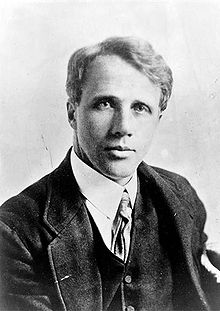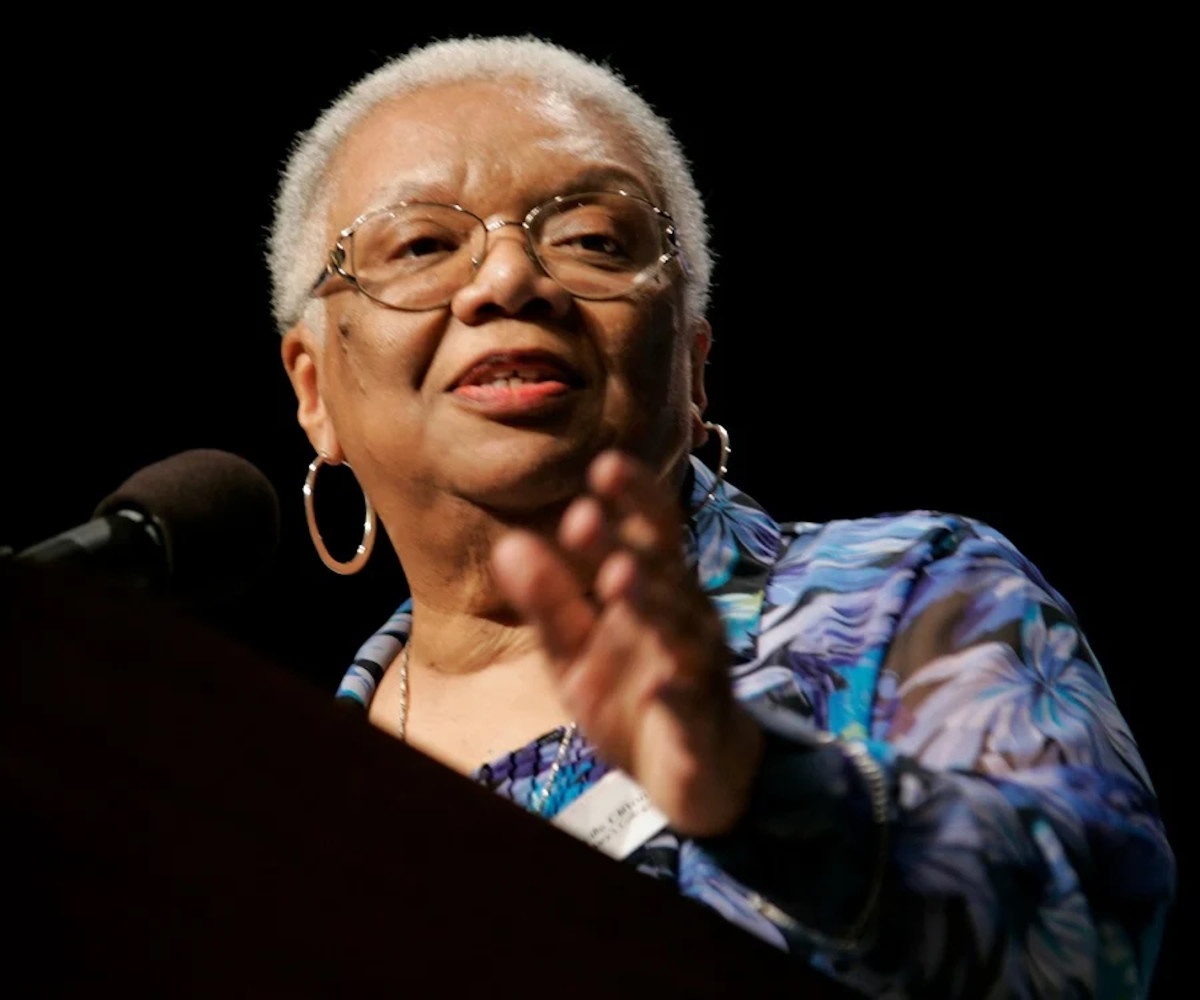The Analysis of the Poem "Stopping by Woods on a Snowy Evening" by R. Frost

"Stopping by Woods on a Snowy Evening" by Robert Frost
Whose woods these are I think I know.
His house is in the village though;
He will not see me stopping here
To watch his woods fill up with snow.
My little horse must think it queer
To stop without a farmhouse near
Between the woods and frozen lake
The darkest evening of the year.
He gives his harness bells a shake
To ask if there is some mistake.
The only other sound’s the sweep
Of easy wind and downy flake.
The woods are lovely, dark and deep.
But I have promises to keep,
And miles to go before I sleep,
And miles to go before I sleep.
Robert Frost's Personal Life
Robert Lee Frost (1874-1963) was one of the most famous poets during the Post WWII and Modernism literary eras. His poetry is characterized by sad and pessimistic tones, as his personal life was full of grief. Robert Frost is widely known for his associations with rural life and rural motifs are common in his works.
Robert Lee Frost was born in San Francisco, California, on March 26, 1874. When his father died, in 1885, the family moved to Lawrence, Massachusetts. He attended Dartmouth College for two months, and then returned home to teach and to work various jobs. However, he did not enjoy doing anything else but writing poetry. In 1894, he sold his first poem, My Butterfly: An Elegy for $15. Shortly before dying, Robert’s grandfather purchased a farm for Robert and his wife, Elinor, in Derry, New Hampshire, and Robert worked the farm for nine years, where he produced many poems that later became famous. When his farming career proved to be unsuccessful, Robert worked as an English teacher in different place. In 1912, he and his family sailed to Great Britain. His first book of poetry, A Boy’s Will, was published next year. As World War I began, Frost returned to America in 1915 and bought a farm in Franconia, New Hampshire, where he launched a career of writing, teaching, and lecturing. For forty-two years – from 1921 to 1963 – Frost spent almost every summer and fall teaching at the Bread Loaf School of English of Middlebury College. Frost died in Boston on January 29, 1963 of complications from prostate surgery.
Robert Frost’s his personal life was plagued with loss and grief. In 1885, when Robert was eleven years old, his father died of tuberculosis, leaving the family with only eight dollars. Five years later, his mother passed away due to cancer. Mental illness was common in the family as well: both Robert and his mother suffered from depression. Additionally, Robert had to commit his younger sister, Jeanie, and his daughter, Irma, to mental hospital. All of these losses resulted in his poetry having pessimistic and menacing undertones, which are often unrecognized or unanalyzed (Wikipedia).
More Poems by Robert Frost
The Analysis of the Poem
Stopping by Woods on a Snowy Evening was published in 1923, in a collection of poems called New Hampshire. The poem is a lyric poem and is written in iambic tetrameter – having eight syllables per line. The rhyme scheme of the poem is “a, a, b, a” for the first three stanzas, while the last stanza is “a, a, a, a.” However, the third line (b) of every stanza gives the rhyme for the next stanza (SparkNotes). In the poem, the speaker seems to be travelling through the woods with his partner – the horse. Although the speaker says, “he will not see me stopping here,” in the second stanza, a reader could imply that the speaker would want to stop. However, his partner, the horse, disagrees and tries to prevent the speaker from stopping. In the third stanza, the poet personifies the horse, saying that it “asks if there is some mistake,” to emphasize that the horse does not want to stop. Eventually, although the woods are attractive, the speaker realizes that he has to keep going because he has promises to keep and does not want to disappoint the person to whom he has made a promise.
Everybody interprets the poem in a different way. Since the speaker is talking about the woods and how attractive they are, and about a different path, the poem can be understood as if there were two worlds: the woods, “a world offering perfect quiet and solitude,” and the other world, where the poet wants to keep going to (Ogilvie). The speaker cannot decide which path to choose, because both worlds have things that attract him: the woods offer quiet and solitude, while the other world has people and social obligations (Ogilvie). Although the social responsibility proves to be stronger than the attraction of woods, the speaker has not moved at the end of the poem (Ogilvie).
Since Frost’s life was plagued with grief and loss, I think that the poet is trying to his feelings, while experiencing difficulties and hardships. The woods symbolize the troubles the speaker has in his life. The alliteration of o and oo sounds implies that the woods are scary and mysterious. By saying “his house is in the village, though”, the speaker explains that his goal – “the house” is in the village, which is in the woods – surrounded by the troubles and difficulties. The speaker says “he will not see me stopping there” to show that he has the strength of going farther and no troubles will disturb him. Additionally to the woods, snow creates even bigger difficulties, and to emphasize that, the poet uses hyperbole: “woods fill up with snow.” The speaker’s little horse does not want to stop and tries to persuade the speaker not to give up and keep going through the difficulties. The hyperbole, “the darkest evening of the year,” emphasizes that particularly this time is extremely hard for the speaker. The horse tries to make the speaker resist giving up by “giving his harness bells a shake.” The mood of the poem changes in the second part of the third stanza, when the speaker mentions that the only other sounds are the wind and falling flakes. This creates a calm and bright mood, and, eventually, in the last poem, the speaker realizes that he has to keep going, because he has promises to keep before he goes to sleep. In this poem, sleep means death, and the speaker is saying that before he dies, he has to do many things.




